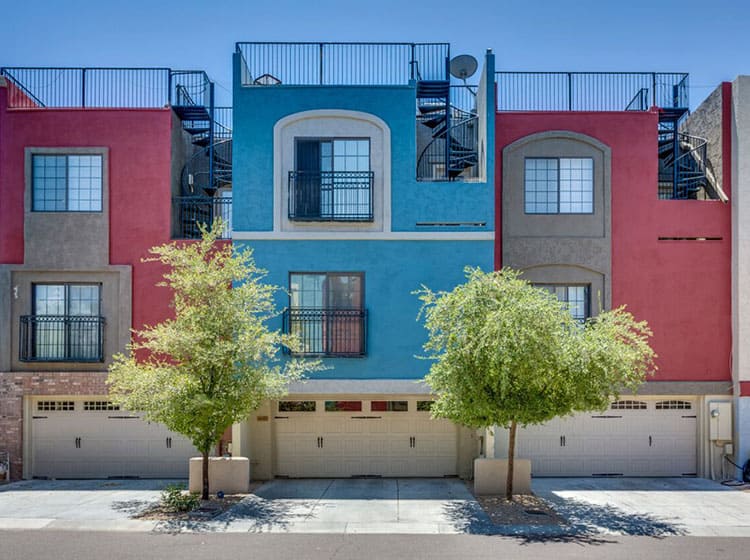Check Out The Function Of Seasonal Consider The Success Of Business Outside Painting And Uncover The Best Times To Protect Long Lasting Results For Your Project
Check Out The Function Of Seasonal Consider The Success Of Business Outside Painting And Uncover The Best Times To Protect Long Lasting Results For Your Project
Blog Article
Produced By-Carlson Rosendal
When you're intending an industrial external painting project, seasonal elements can make or break your results. You'll intend to think about just how temperature and humidity effect paint application and drying times. Selecting the right season can ensure your paint adheres properly and lasts longer. Yet which seasons are truly the best for this kind of job? Let's discover the key elements that can impact your task's success.
The Effect of Temperature on Paint Application
When you're intending a commercial exterior paint project, the temperature can significantly affect exactly how well the paint adheres and dries out.
Ideally, you want to repaint when temperatures range in between 50 ° F and 85 ° F. If it's as well cool, the paint may not treat properly, causing problems like peeling or splitting.
On the other side, if it's also hot, the paint can dry out also promptly, stopping proper attachment and leading to an unequal coating.
You need to also consider the time of day; early morning or late afternoon uses cooler temperature levels, which can be a lot more beneficial.
Always check the manufacturer's recommendations for the particular paint you're making use of, as they frequently offer advice on the suitable temperature level array for optimum results.
Moisture and Its Impact on Drying Times
Temperature level isn't the only environmental aspect that affects your commercial exterior painting job; humidity plays a substantial duty too. High moisture degrees can reduce drying out times dramatically, impacting the total quality of your paint job.
When the air is saturated with dampness, the paint takes longer to heal, which can cause issues like inadequate attachment and a higher danger of mold development. If you're repainting on an especially damp day, be planned for prolonged wait times between layers.
It's essential to keep an eye on local weather and plan as necessary. Ideally, stellar paiting for humidity levels in between 40% and 70% for optimal drying out.
Keeping these consider mind guarantees your task stays on track and delivers an enduring coating.
Best Seasons for Commercial Exterior Paint Projects
What's the very best time of year for your business exterior paint tasks?
Springtime and early loss are typically your best options. Throughout Highly recommended Web-site , temperature levels are moderate, and humidity levels are usually reduced, producing ideal problems for paint application and drying.
Stay clear of summer season's intense heat, which can create paint to dry as well rapidly, leading to bad adhesion and surface. Similarly, winter season's cool temperature levels can hinder appropriate drying and treating, taking the chance of the longevity of your paint work.
Go for days with temperature levels in between 50 ° F and 85 ° F for optimum results. Remember to inspect the local weather prediction for rain, as damp conditions can wreck your job.
Planning around these elements guarantees your paint job runs smoothly and lasts much longer.
Conclusion
To conclude, intending your business external painting tasks around seasonal factors to consider can make a significant distinction in the outcome. By scheduling job during the ideal temperatures and moisture levels, you'll guarantee much better adhesion and drying out times. Remember to watch on local weather prediction and pick the correct time of year-- spring and early loss are your best bets. Taking these steps will certainly aid you attain a long lasting and specialist surface that lasts.
